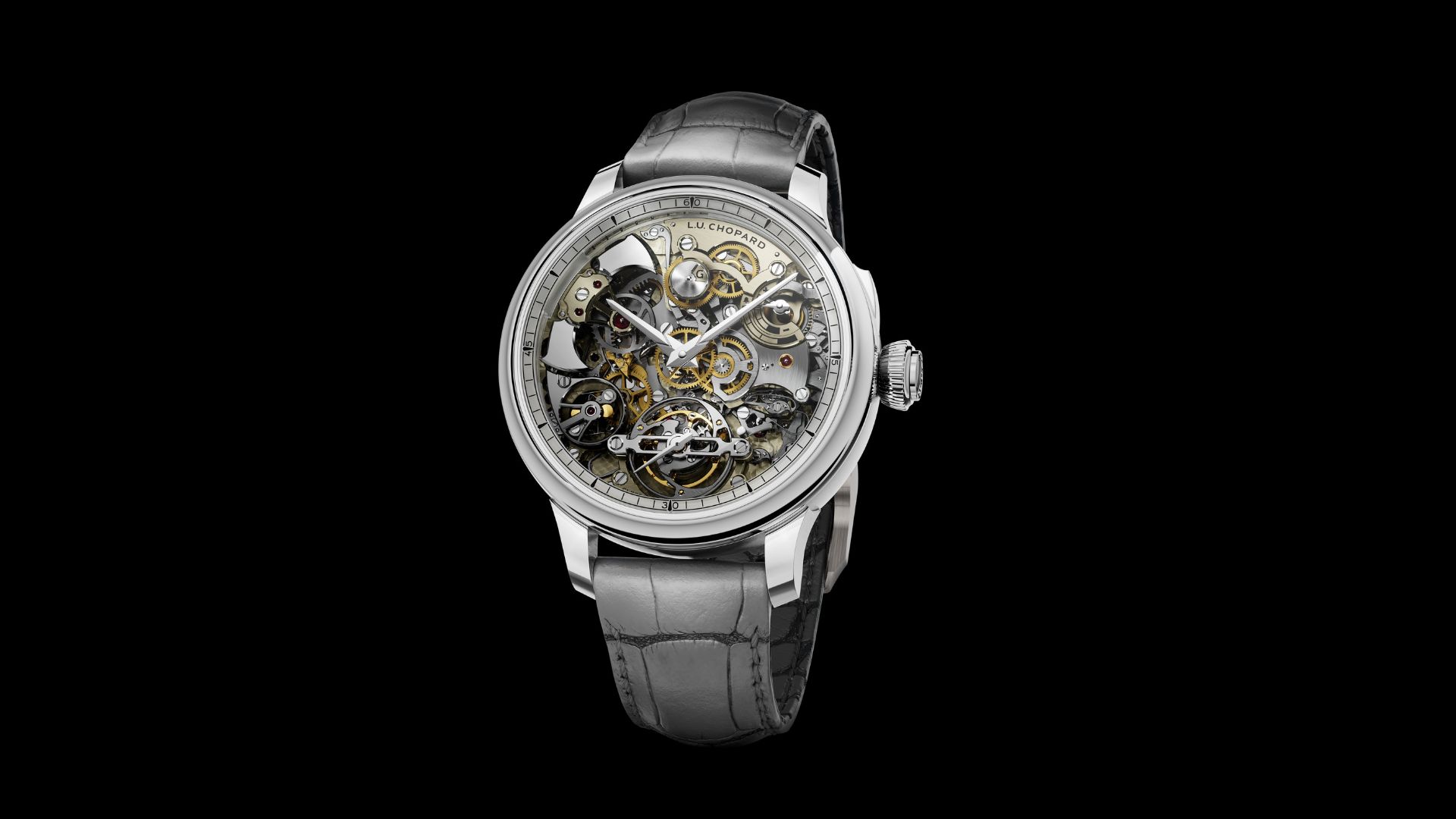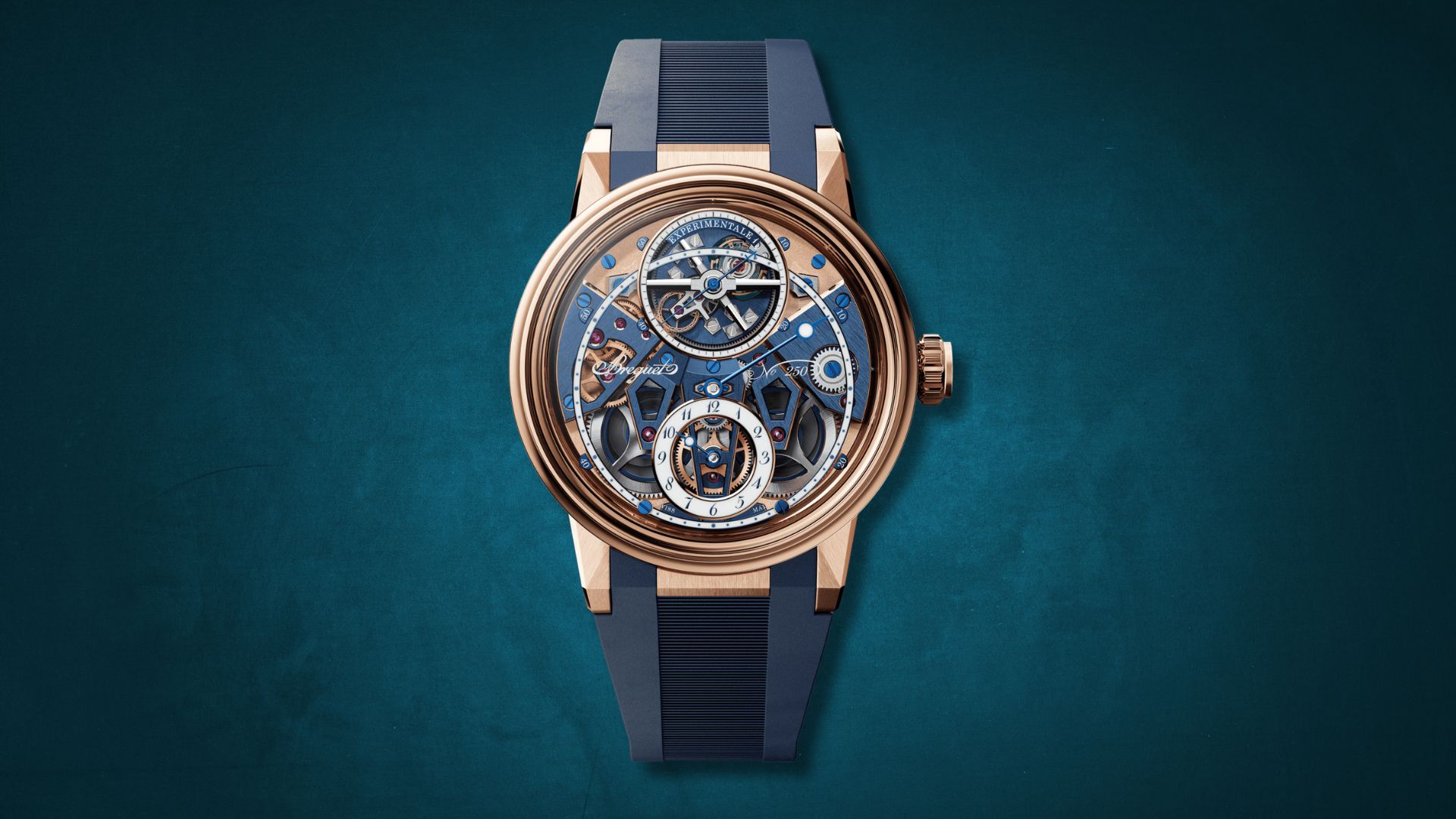Bezel World: Why this Watch Tool Is Extremely Useful for Us
.jpg)

We adore timepieces with unique complexities and distinct aesthetics, don't we? We can all admit that we the so-called watch fanatics prefer timepieces that can “do things” beyond just telling time. For us, a bezel can be a simple but extremely effective tool, allowing us to perform a variety of tasks, including timing a dive, calculating the average speed of a motorcycle, and gauging fuel supply. The challenge lies in figuring out what the markings on a bezel or a dial (scales) indicate and how to use them properly. So, let’s look at five bezel types on five extraordinary watches that can help solve the puzzle.
Diver
A diver's bezel is a crucial feature on a diving watch, designed primarily to help underwater divers in tracking elapsed time. This bezel type allows divers to keep track of the time they've spent underwater, which is essential for managing air supply and ensuring safe decompression. Bezel markings and the zero marker are usually coated with a luminescent material to ensure they are visible in low-light conditions under water. Before diving, divers must align the zero marker (usually an arrow or a dot at the 12 o’clock position) with the minute hand.
.png)
Falling into this category of watches, Montblanc Iced Sea Automatic Date has a 41 mm bronze case with a unidirectional rotating 60-minute bezel. The glacier pattern dial is inspired by the Mer de Glace — Sea of Ice — the main glacier of the Mont-Blanc Massif. Powering the watch is an automatic movement with a 38-hour power reserve.
Price - Rs 3,56,000 (approx.)
GMT
A GMT scale on a watch bezel is designed to help the wearer keep track of a second time zone. This is particularly useful for travellers, pilots or anyone who needs to monitor time in two different places. A GMT bezel is marked from 1 to 24. This allows for a full day to be tracked, corresponding to the 24-hour time format commonly used in aviation. The primary feature of a GMT watch is an additional hour hand (GMT hand) that completes one full rotation every 24 hours. This hand points to the 24-hour scale on the bezel, indicating the time in a second time zone. Wearers can set the main hour and minute hands to their local time, and adjust the GMT hand to point to the current time in the second time zone they want to track, using the 24-hour format.

Take, for example, TAG Heuer’s Aquaracer Professional 300 GMT, which is fitted with a 42 mm stainless steel case and a bidirectional 24-hour bezel. The black part denotes night, while the blue part denotes day time. The dial of this model is now textured with a wavy pattern instead of straight grooves and has an updated minute track where the GMT hand is denoted with a blue arrow tipped hand. Aquaracer Professional 300 GMT is run by Calibre TH31-03, a COSC-certified movement with an 80-hour power reserve.
Price: Rs 4,18,000 (approx.)
Slide Rule
A slide rule bezel combines a traditional analog calculator with the functionality of a wristwatch. This feature, often found in pilot or aviation watches, allows users to perform various mathematical calculations directly on their watches without needing electronic devices. A slide rule bezel typically consists of an outer rotating bezel and an inner fixed scale, both marked with logarithmic scales. By rotating the outer bezel, you align the scales to perform multiplication, division, and other calculations.

A stellar example of this kind of bezel/scale can be found on Breitling’s Navitimer B12 Chronograph 41 Cosmonaute, housed in a 41 mm 18 ct red gold case; it has a bidirectional slide rule bezel. The green dial has a 24-hour scale with black subdials and two logarithmic scales. Powering the watch is Calibre B12 with a self winding movement boasting a 70-hour power reserve.
Price: Rs 20,00,000 (approx.)
Pulsometer
A pulsometer in a watch is a scale or a feature designed to help measure heart rate. Typically, it's used in chronograph watches and can be extremely useful for monitoring health and tracking fitness. A pulsometer scale is often printed on the dial or the bezel of a watch, while the scale is marked to indicate heart rates, usually per minute. Wearers must start the chronograph when they feel the first heartbeat. Next, count the specified number of beats. Stop the chronograph at the last beat, read the heart rate directly from the pulsometer scale.

A pulsometer scale can be found on the outer periphery of the black sunray brushed dial of Jaeger-LeCoultre’s Master Control Chronograph Calendar timepiece, housed in a 40 mm pink gold case. The 30-minute chronograph counter is at 3 o’clock, the running seconds subdial can be spotted at 9 o’clock, while the day and month windows rest at 12 o’clock; the circular moon-phase and date indicator can be seen at 6 o’clock. Powering the watch is Calibre 759 with a 65-hour power reserve.
Price: Rs 27,15,000 (approx.)
Tachymeter
A tachymeter is a scale inscribed around the edge of the dials of some watches, typically chronographs; it is used to measure speed based on the time travelled over a fixed distance. To start the scale, wearers must start the chronograph when a car passes the starting point. Then, stop the chronograph when the car passes the one-kilometre mark. The tachymeter scale will indicate the speed.

Rolex Cosmograph Daytona with a 40 mm platinum case has a tachymetric scale for measuring an average speed of up to 400 miles or kilometres per hour. This timepiece gets an iced blue dial with chestnut subdials. Powering the watch is Calibre 4131 with a 72-hour power reserve.
Price: Rs 66,70,000 (approx.)
*Prices in India are subject to taxes and exchange rate fluctuations, and may vary accordingly.



















